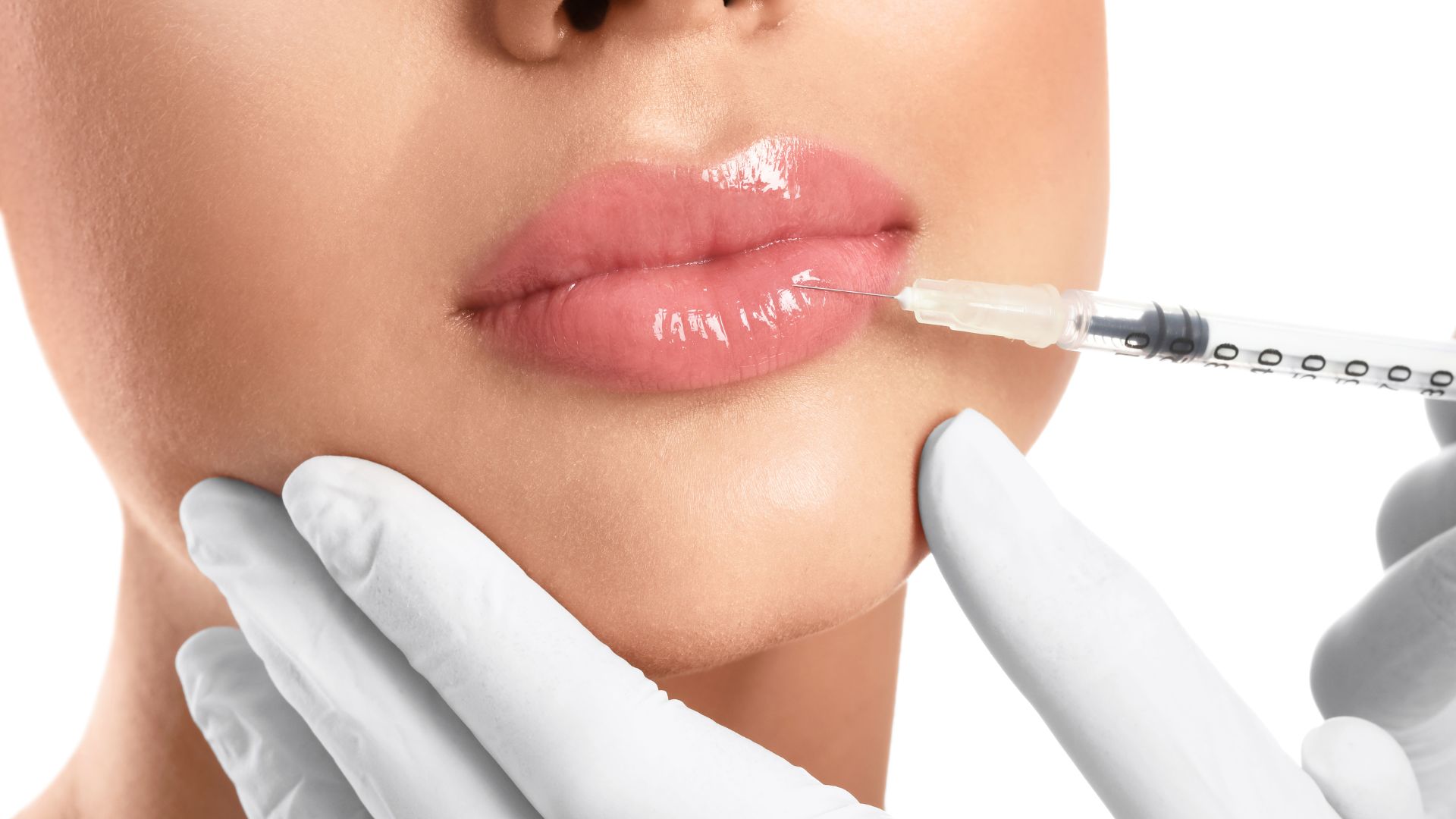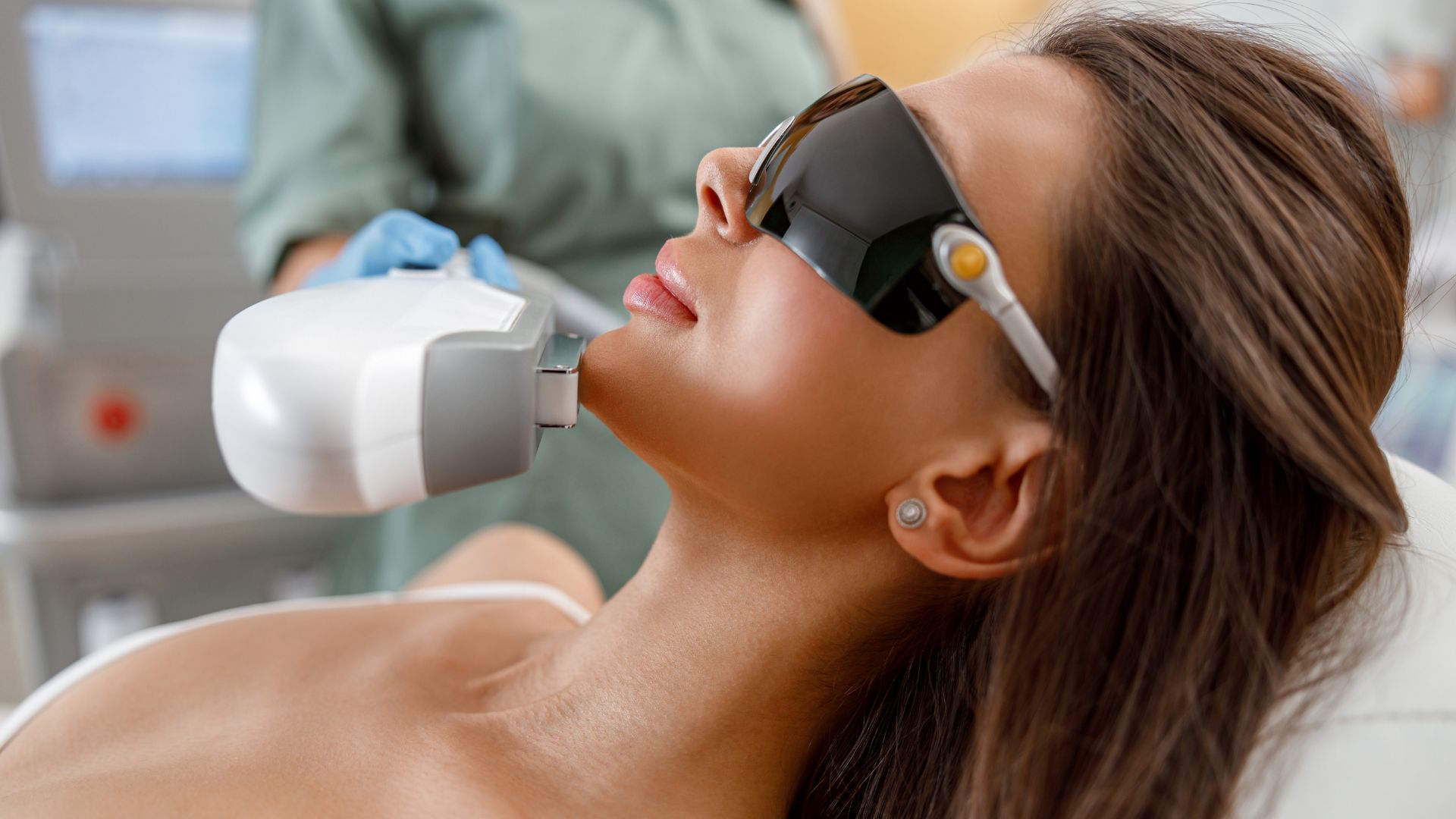
Fine Lines to Fine Careers: How to Become a Botox Injector
The aesthetic industry has witnessed a remarkable surge in the demand for Botox treatments, positioning it as a leading cosmetic procedure globally. This increase reflects not only a desire for a youthful appearance but also the versatility of Botox in addressing medical conditions like excessive sweating and muscle spasms.
With such a broad spectrum of applications, the need for skilled, professionally trained Botox injectors is more crucial than ever. This article aims to guide healthcare professionals, including registered nurses, nurse practitioners, physician assistants, and physicians in plastic surgery, through the journey of becoming certified Botox injectors, outlining the essential training, certifications, and experience required to excel in this rewarding career.
In this article:
- Understand Botox’s medical and cosmetic applications and why precise technique is crucial
- Discover who can offer Botox treatments
- Learn how to become a Botox injector
- Find out how continuous education leads to career success
Understanding Botox and Its Applications
Botox (Botulinum Toxin) is a neurotoxic protein that, when used in small doses, works wonders by relaxing muscles. It blocks the nerve signals that cause muscles to contract, which leads to a temporary reduction in muscle activity. This simple yet effective mechanism is what makes Botox so valuable, not just in the world of cosmetic treatments but also in the medical field. Here’s a breakdown of what Botox can do:- Cosmetic uses:
- Smooths out forehead lines
- Reduces nasolabial folds and crow’s feet
- Minimizes bunny lines around the nose
- Therapeutic applications:
- Relieves chronic migraines
- Treats excessive sweating (hyperhidrosis)
- Eases muscle spasticity
- Helps with certain bladder disorders
Who Can Become a Botox Injector?
In the previous section, we delved into the escalating demand for Botox treatments and the pivotal role of professional training and certification. These elements form the backbone of a successful career in aesthetic treatments, ensuring patient safety and proficiency in this specialized field. Now, let’s explore who can embark on this journey and what it entails.Basic Prerequisites and Qualifications
The path to becoming a Botox injector begins with meeting certain educational and licensing requirements. Typically, this includes:- Educational Background: A foundational degree in nursing or medicine is usually required. For nurses, this means completing a nursing program and obtaining an active nursing license. For physicians, it involves completing medical school and obtaining a medical degree.
- Licensing and Certification: Professionals must pass relevant licensing exams, like the NCLEX-RN for nurses or board certification for physicians. Following this, specific certification courses in aesthetic treatments, such as Botox and dermal filler training, are essential.
- Hands-On Training: Practical experience is key. Training courses should offer hands-on training in injection techniques, patient assessment, and treatment planning. Advanced injection training programs are also beneficial for mastering complex techniques.
Roles of Different Professionals
- Nurse Practitioners and Registered Nurses: These medical providers, once trained, can perform Botox injections under the supervision of a licensed physician.
- Physicians and Plastic Surgeons: As primary providers, they have the autonomy to incorporate injectable treatments into their aesthetic practice.
- Physician Assistants and Aesthetic Nurses: With proper training, they can administer Botox under the direction of a physician.
- Other Healthcare Practitioners: This includes medical assistants and healthcare providers with a background in related fields like laser technology or dermatology.
The Importance of Comprehensive Training in Botox Administration
In the fast-evolving field of aesthetic medicine, comprehensive training forms the cornerstone of a successful private practice, especially for those offering Botox and dermal filler treatments. This section delves into the critical aspects of professional Botox training, emphasizing why an in-depth understanding of facial anatomy, precision in facial injection techniques, and meticulous patient assessment are non-negotiable for practitioners seeking to excel.- Understanding Anatomy and Techniques: A deep dive into facial anatomy is crucial for targeting the correct muscles and achieving desired aesthetic outcomes. With training materials coupled with mastering precise aesthetic injection techniques, this knowledge is fundamental for treating various areas effectively and safely.
- Patient Evaluation and Planning: Skills in thorough patient assessment enable practitioners to tailor treatments to individual needs, ensuring patients are well-informed and consent to their personalized treatment plans.
- Risk Management: Training must cover potential complications and the management of adverse reactions, preparing practitioners to handle unexpected outcomes confidently.
- Practical Experience: Hands-on sessions under expert guidance are invaluable, allowing practitioners to refine their techniques and gain confidence through real-life practice.
- Ongoing Education: The field’s constant evolution demands continuous learning. Achieving and maintaining certification through advanced courses ensures practitioners stay current, enhancing their professional standing and patient care quality.
How to Become a Botox Injector: Training and Certification
After understanding who can become a Botox injector, let’s delve into the vital training and certification process. This step is where aspiring injectors transform their foundational medical knowledge into specialized aesthetic skills.Essential Botox Injector Training
- Educational Foundation: It begins with a solid medical background, like a degree in nursing or medicine. For nurses, this means graduating from an accredited nursing program, while physicians and physician assistants should have completed medical school.
- Specialized Training Courses: These are essential for learning specific skills like Botox injection techniques, patient assessment, and managing adverse reactions. Courses often cover both Botox and dermal fillers, providing comprehensive knowledge of cosmetic injectables.
- Hands-On Training: Practical experience is crucial. Most training facilities include hands-on training, where learners practice injection techniques on patients under expert supervision. This step is invaluable for gaining confidence and skill.
Choosing Accredited and Recognized Programs
- Accreditation Importance: Selecting accredited botulinum toxin training programs ensures that the education meets industry standards. Accredited institutions like the National Laser Institute offer courses recognized by professional bodies like the American Society of Plastic Surgeons.
- Comprehensive Curriculum: Look for programs that cover a wide range of topics, from facial anatomy and muscle contraction to specific aesthetic treatments and patient safety measures.
Certification Process and Continuing Education
- Certification Exams: After completing the aesthetic training courses, candidates usually need to pass a certification exam. This verifies their knowledge and skills in aesthetic procedures.
- Ongoing Education: The aesthetic industry is constantly evolving. Therefore, ongoing education through advanced courses and staying updated with the latest techniques and aesthetic medicine laws is essential for a successful career.
- Maintaining Certification: Most certifications require periodic renewal, which may include additional training hours, practice tests, or attending education courses to ensure practitioners remain at the forefront of aesthetic medicine.
Developing Skills and Gaining Experience
Now that we’ve covered what adequate training entails, it’s crucial to focus on how budding Botox injectors can develop their skills and gain the necessary experience. This stage is critical in transforming theoretical knowledge into practical expertise.In-Person Botox Injector Training
- Mastering Techniques: The art of Botox injections involves more than just theory. Hands-on experience is vital for mastering injection techniques, understanding facial anatomy, and managing patient reactions.
- Real-World Application: Practical experience helps in applying classroom knowledge to real-life scenarios, enhancing skills in patient assessment, treatment planning, and post-operative care.
Ways to Gain Experience
- Internships and Residencies: Pursuing internships or residencies in aesthetic clinics or with board-certified physicians in plastic surgery or dermatology provides invaluable on-the-job training.
- Working Under Experienced Practitioners: Joining a medical practice as an assistant or shadowing experienced injectors offers insights into the nuances of aesthetic treatments and patient care.
- Participating in Training Courses: Many advanced Botox injector training programs and aesthetic injector training sessions provide opportunities for one-on-one training and hands-on practice with real patients.
Building a Career as a Botox Injector
Entering the world of Botox injections is not just about acquiring skills; it’s about forging a successful career. Whether you aim to work in a medical setting or establish an independent practice, understanding the nuances of this career path is key.Starting a Career in Botox Injections
- Educational Foundation: Begin with a solid foundation in medical education, be it a nursing degree or medical school, and ensure you have the necessary licenses and certifications.
- Choose Your Path: You can start in a clinical setting, such as a dermatologist’s office or a plastic surgery clinic, or aim for an independent practice.
- Gather Experience: Work under experienced practitioners to hone your skills in Botox and dermal filler treatments, patient assessment, and understanding facial anatomy.
Staying Updated with Industry Trends
- Ongoing Education: The aesthetic industry is dynamic, with new techniques and treatments emerging regularly. Engaging in ongoing education and advanced training programs is essential.
- Networking: Joining professional bodies like the American Society of Plastic Surgeons, attending conferences, and participating in forums can provide insights into the latest trends and advancements in aesthetic medicine.
- Leveraging Technology: Stay abreast of new technologies in treatments, such as laser technology and advanced botulinum toxin injection techniques.
Statistics and Data
- Average Salaries: According to industry data, aesthetic nurses and physician assistants in aesthetic medicine can expect varying salaries based on geographic location, experience, and type of practice. For instance, aesthetic nurses in major cities often earn more.
- Job Market Growth: The demand for cosmetic procedures, including Botox injections, continues to grow, with a significant increase in the 20-30-year-old patient demographic seeking preventative treatments.
Aesthetics Medical Training – The Shortest Path to Becoming a Botox Injector
Throughout this article, we’ve explored the burgeoning world of Botox injections – from the initial steps of acquiring the necessary education and certifications to the exciting prospects of building a rewarding career in this field. Now, let’s introduce an integral part of this journey: Aesthetics Medical Training.Our Virtual Botox Injector Training Programs
- For Nurses: Our courses help registered nurses and nurse practitioners step into aesthetic medicine, focusing on cosmetic injections, laser hair removal training, chemical peel training, patient safety, and effective treatment strategies.
- For Physicians: We provide training for medical doctors, including dermatologists and plastic surgeons, to integrate Botulinum Toxin A treatments into their practice, covering advanced techniques and patient care.
- For Other Healthcare Professionals: Our programs equip healthcare providers like physician assistants with the skills to safely administer Botulinum Toxin injections, enhancing their service offerings.
Flexibility and Comprehensive Learning
Our online courses are designed for flexibility, accommodating the busy schedules of medical practitioners. They offer a comprehensive curriculum that includes both theoretical knowledge and opportunities for practical application, ensuring a well-rounded learning experience and certification upon completion. Aesthetics Medical Training is an ideal platform for those in healthcare looking to expand into aesthetic treatments. With our flexible, comprehensive training, we support your journey in becoming proficient in Botox injections and running a profitable practice. Reach out to us to start enhancing your skills in this exciting field of aesthetic medicine.
Thinking About Advancing Your Aesthetics Skills?
Contact our team today to learn how our training programs and cutting-edge technology can support your journey. Fill out the form or give us a call to get started.








